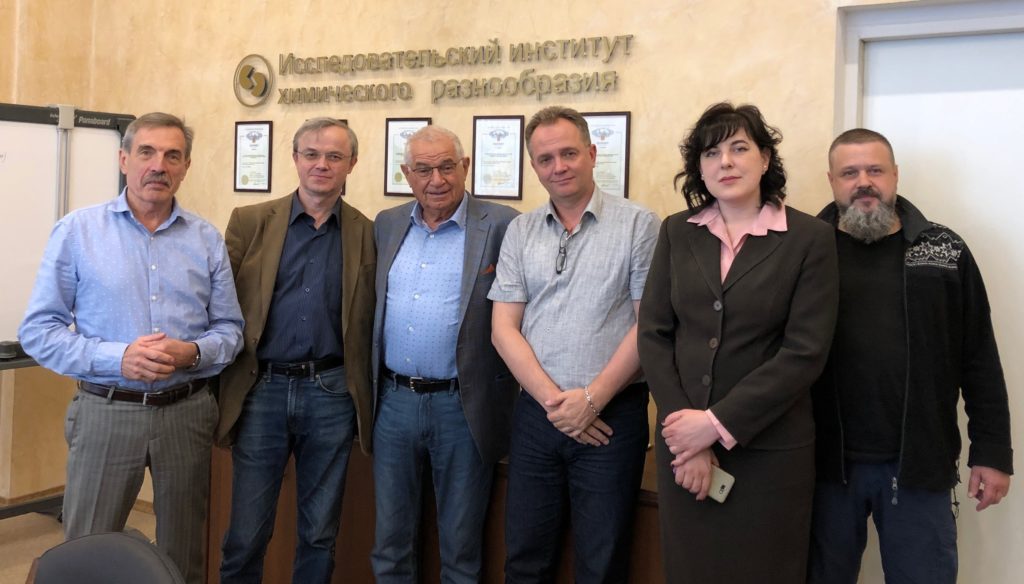CardioSystemPharma deepens international cooperation with the medical community of the USA and Europe
On June 29, Vladimir Zelman, the prominent Soviet and American neuroanesthesiologist and head of the Anesthesiology and Intensive Care Department at the clinic of the University of Southern California, visited ChemRar High Tech Center. Professor Zelman is one of the best doctors in the United States and one of the most active supporters of the Russian-American scientific cooperation. During his visit to ChemRar High Tech Center, he met CardioSystemPharma’s team, which developed Normacor® — the first innovative drug for normothermic cardioplegia.

During the meeting, Professor Zelman got acquainted with the results of the clinical trials on the drug efficacy and safety, and the leading specialists of the I. M. Sechenov First Moscow State Medical University of the Ministry of Health of the Russian Federation — Professor Andrey Yavorovsky, Head of the Anesthesiology, Cardiac Anesthesiology, and Resuscitation Department and Director of the Anesthesiology and Resuscitation Clinic, and psychotherapist and neurologist Galina Krenkel, M.D., Associate Professor of the Neurology and Psychiatry Department of the Clinical Medicine Institute — explained him the advantages of Normacor® and personal experience of its use when applying normothermia compared to the best hypothermic and normothermic methods used by the world’s leading cardiac surgery centers.
The experts also discussed the plans to introduce Normacor® to the global market and agreed to hold negotiations with their colleagues in the USA and Europe, such as the leading specialists at the University of California, Los Angeles (USA), which developed Buckberg solution — the most popular cardioplegic solution in the world. Valentin Volgushev, M.D., Normacor® developer and cardiovascular surgeon of the highest qualification category, is going to present to his foreign colleagues how Normacor® is successfully used for heart protection in clinical practice in patients with coronary heart disease and acquired or congenital heart defects, as well as in transplantation experiments on large animals. These results significantly exceed the time of heart protection during surgeries with cardiopulmonary bypass and for preserving a donor heart during transplantation compared to all currently known cardioplegic and preservative solutions.